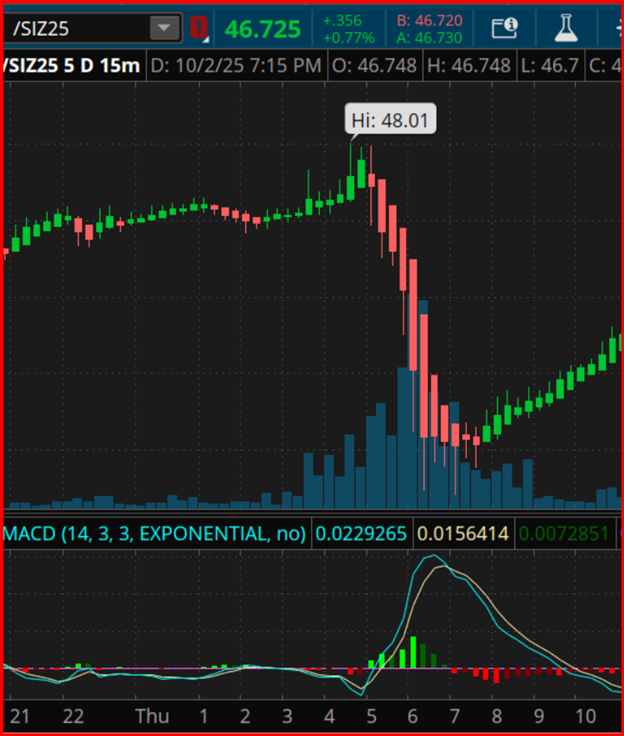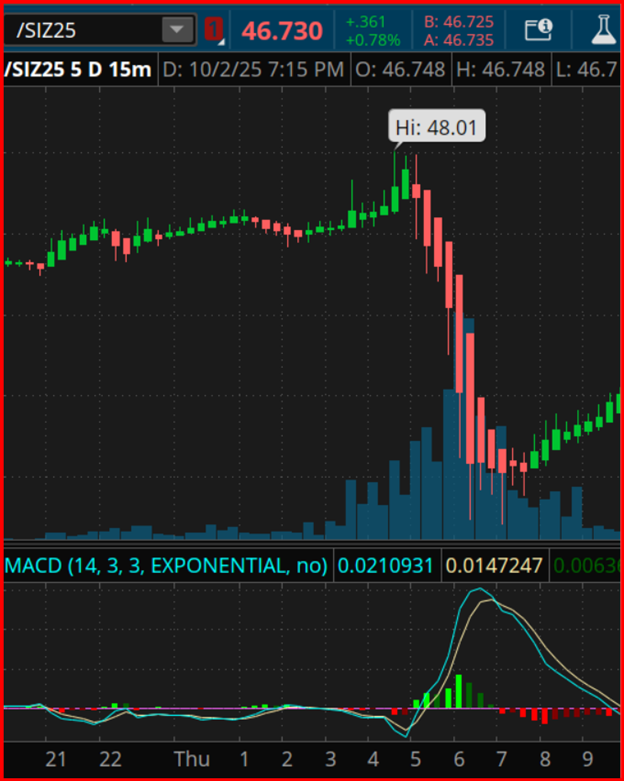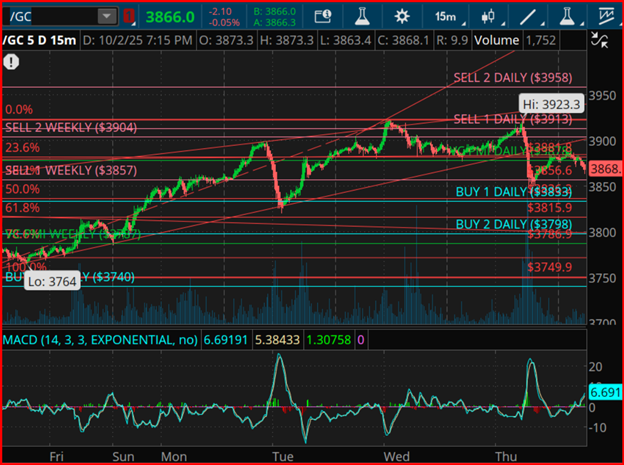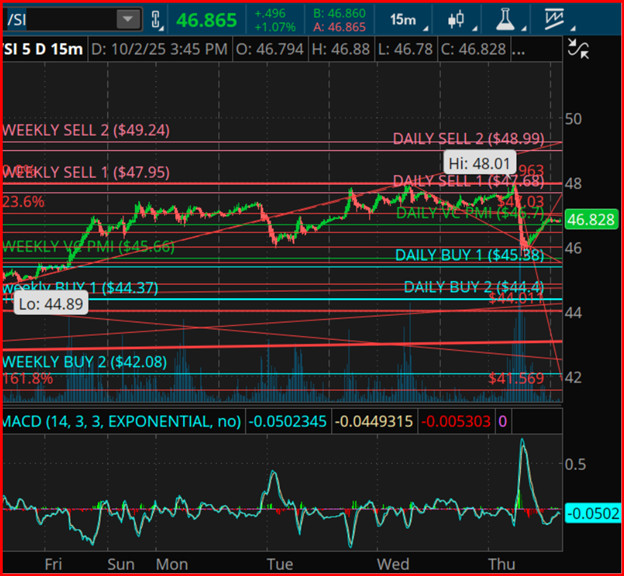Uber stock surges after Nvidia partnership announcement
The events in today’s precious metals markets marked a watershed moment. From 5:30 AM to 7:30 AM PST, gold collapsed nearly $100 from high to low—a move rarely compressed into such a short span.
Silver mirrored this ferocity, plunging from $48.01 at 4:45 AM to $45.71 by 7:30 AM, a $2.30 decline that unfolded within less than three hours. These intraday extremes redefine the volatility profile of both markets and set a new benchmark for price behavior moving forward.

Historical Context
To place this in perspective, intraday swings of this magnitude have historically occurred during geopolitical crises, liquidity squeezes, or systemic market dislocations. What differentiates today is not just the amplitude of the moves, but their velocity.
Gold’s near-$100 collapse in two hours ranks among the most compressed volatility events in modern market history. Silver’s two-dollar swing, at current price levels, is equally staggering—representing an intraday volatility shock comparable to the great silver squeezes of the late 1970s and the 2011 spike.
VC PMI & Cyclical Structure
From a Variable Price Momentum Indicator (VC PMI) perspective, these extremes stretched prices well beyond equilibrium levels. The rapid descent tested mean-reversion pivots, and by 7:30 AM, both markets were oscillating between Sell 1/Sell 2 extremes and potential Buy 1/Buy 2 reversals. This dynamic creates fertile ground for short-term traders while demanding risk-management precision.

The 30-day cycle suggests that volatility expansions are aligning with time pivots that historically precede major directional moves. The 360-day anchor cycle—marked last September—continues to exert influence, with this volatility surge potentially representing the ignition of the next long-term leg in the metals’ secular advance.
Square-of-Nine Perspective
The Square-of-Nine harmonics reinforce this interpretation. Silver’s reversal around $48.01 aligns with a key resistance arc, while the plunge to $45.71 intersects with support levels tied to prior cycle lows. Gold’s intraday collapse similarly touched harmonic pivots that frequently precede violent reversals. These alignments suggest that while volatility shocks are unnerving, they are structurally embedded within the geometric price/time framework.
Outlook & Implications
Today’s activity represents more than random turbulence—it signals a transition to a new volatility regime. Traders must recalibrate position sizing, margin use, and hedging strategies. The magnitude and speed of moves imply that opportunities will expand, but so will risks.
In essence, the markets have announced: the era of compressed volatility is over. A new dimension of magnitude and velocity has arrived.
***
TRADING DERIVATIVES, FINANCIAL INSTRUMENTS AND PRECIOUS METALS INVOLVES SIGNIFICANT RISK OF LOSS AND IS NOT SUITABLE FOR EVERYONE. PAST PERFORMANCE IS NOT NECESSARILY INDICATIVE OF FUTURE RESULTS.
